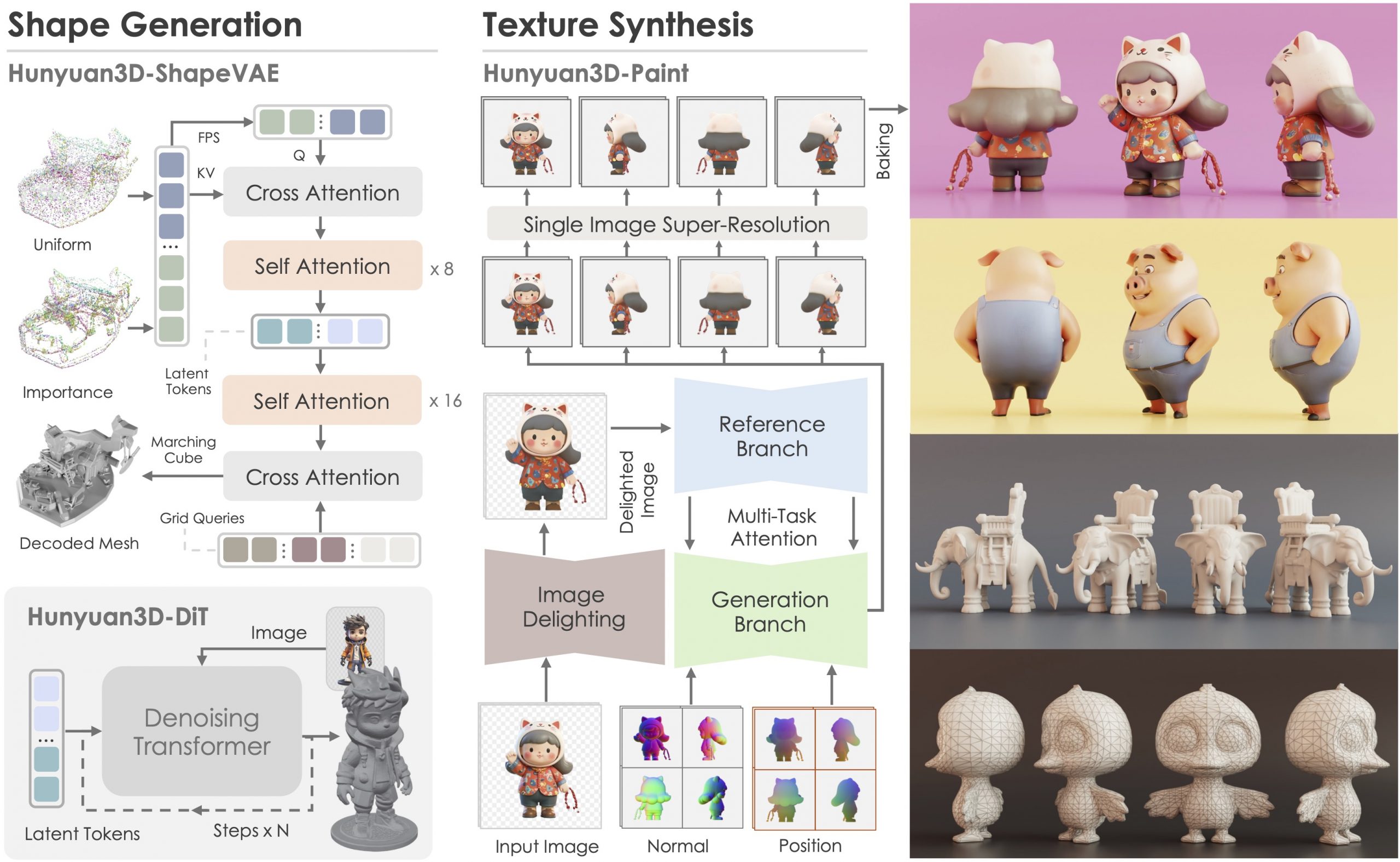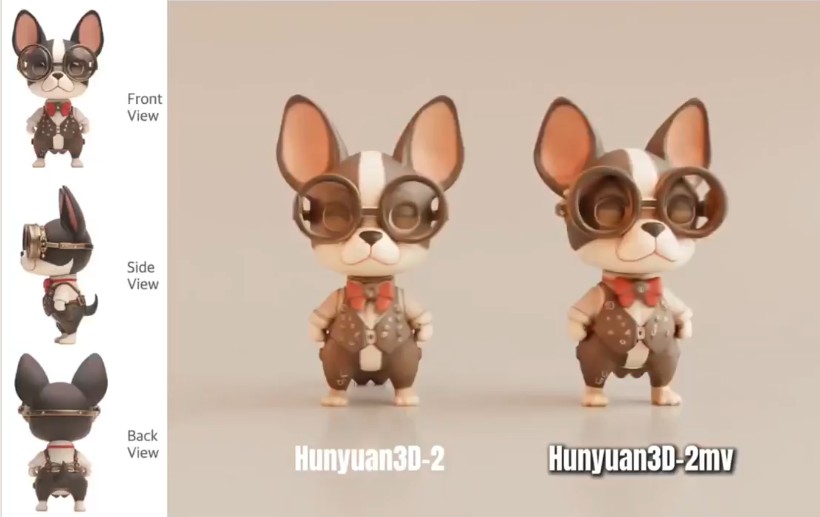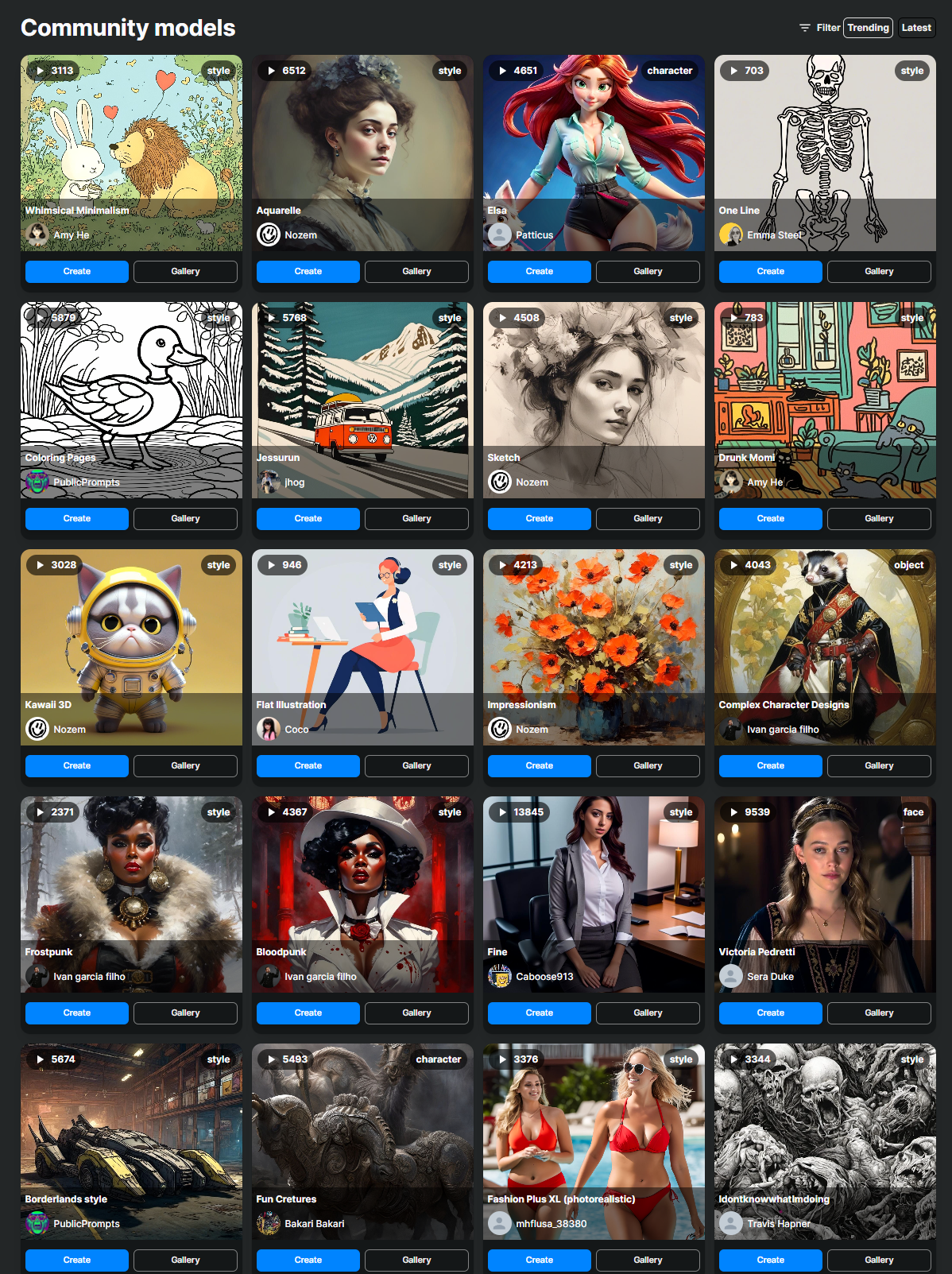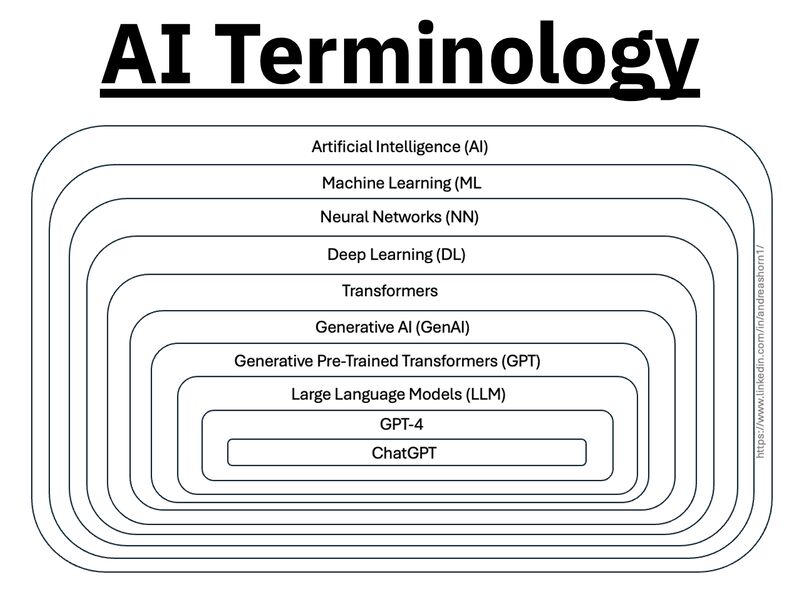BREAKING NEWS
LATEST POSTS
-
Fouad Khan – Confirmed! We Live in a Simulation
https://www.scientificamerican.com/article/confirmed-we-live-in-a-simulation/
Ever since the philosopher Nick Bostrom proposed in the Philosophical Quarterly that the universe and everything in it might be a simulation, there has been intense public speculation and debate about the nature of reality.
Yet there have been skeptics. Physicist Frank Wilczek has argued that there’s too much wasted complexity in our universe for it to be simulated. Building complexity requires energy and time.
To understand if we live in a simulation we need to start by looking at the fact that we already have computers running all kinds of simulations for lower level “intelligences” or algorithms.
All computing hardware leaves an artifact of its existence within the world of the simulation it is running. This artifact is the processor speed.
No matter how complete the simulation is, the processor speed would intervene in the operations of the simulation.If we live in a simulation, then our universe should also have such an artifact. We can now begin to articulate some properties of this artifact that would help us in our search for such an artifact in our universe.
The artifact presents itself in the simulated world as an upper limit.Now that we have some defining features of the artifact, of course it becomes clear what the artifact manifests itself as within our universe. The artifact is manifested as the speed of light.
This maximum speed is the speed of light. We don’t know what hardware is running the simulation of our universe or what properties it has, but one thing we can say now is that the memory container size for the variable space would be about 300,000 kilometers if the processor performed one operation per second.We can see now that the speed of light meets all the criteria of a hardware artifact identified in our observation of our own computer builds. It remains the same irrespective of observer (simulated) speed, it is observed as a maximum limit, it is unexplainable by the physics of the universe, and it is absolute. The speed of light is a hardware artifact showing we live in a simulated universe.
Consciousness is an integrated (combining five senses) subjective interface between the self and the rest of the universe. The only reasonable explanation for its existence is that it is there to be an “experience”.
So here we are generating this product called consciousness that we apparently don’t have a use for, that is an experience and hence must serve as an experience. The only logical next step is to surmise that this product serves someone else.
-
AI and the Law – Why The New York Times might win its copyright lawsuit against OpenAI

Daniel Jeffries wrote:
“Trying to get everyone to license training data is not going to work because that’s not what copyright is about,” Jeffries wrote. “Copyright law is about preventing people from producing exact copies or near exact copies of content and posting it for commercial gain. Period. Anyone who tells you otherwise is lying or simply does not understand how copyright works.”
The AI community is full of people who understand how models work and what they’re capable of, and who are working to improve their systems so that the outputs aren’t full of regurgitated inputs. Google won the Google Books case because it could explain both of these persuasively to judges. But the history of technology law is littered with the remains of companies that were less successful in getting judges to see things their way.
-
M.T. Fletcher – WHY AGENCIES ARE OBSESSED WITH PITCHING ON PROCESS INSTEAD OF TALENT
“Every presentation featured a proprietary process designed by the agency. A custom approach to identify targets, develop campaigns and optimize impact—with every step of the process powered by AI, naturally.”
“The key to these one-of-a-kind models is apparently finding the perfect combination of circles, squares, diamonds and triangles…Arrows abounded and ellipses are replacing circles as the unifying shape of choice among the more fashionable strategists.”
“The only problem is that it’s all bullshit.”
“A blind man could see the creative ideas were not developed via the agency’s so-called process, and anyone who’s ever worked at an agency knows that creativity comes from collaboration, not an assembly line.”
“And since most clients can’t differentiate between creative ideas without validation from testing, data has become the collective crutch for an industry governed by fear.”
“If a proprietary process really produced foolproof creativity, then every formulaic movie would be a blockbuster, every potboiler novel published by risk-averse editors would become a bestseller and every clichéd pickup line would work in any bar in the world.”
FEATURED POSTS
-
Tencent Hunyuan3D 2.1 goes Open Source and adds MV (Multi-view) and MV Mini
https://huggingface.co/tencent/Hunyuan3D-2mv
https://huggingface.co/tencent/Hunyuan3D-2mini
https://github.com/Tencent/Hunyuan3D-2
Tencent just made Hunyuan3D 2.1 open-source.
This is the first fully open-source, production-ready PBR 3D generative model with cinema-grade quality.
https://github.com/Tencent-Hunyuan/Hunyuan3D-2.1
What makes it special?
• Advanced PBR material synthesis brings realistic materials like leather, bronze, and more to life with stunning light interactions.
• Complete access to model weights, training/inference code, data pipelines.
• Optimized to run on accessible hardware.
• Built for real-world applications with professional-grade output quality.
They’re making it accessible to everyone:
• Complete open-source ecosystem with full documentation.
• Ready-to-use model weights and training infrastructure.
• Live demo available for instant testing.
• Comprehensive GitHub repository with implementation details.

-
HDRI Median Cut plugin
www.hdrlabs.com/picturenaut/plugins.html

Note. The Median Cut algorithm is typically used for color quantization, which involves reducing the number of colors in an image while preserving its visual quality. It doesn’t directly provide a way to identify the brightest areas in an image. However, if you’re interested in identifying the brightest areas, you might want to look into other methods like thresholding, histogram analysis, or edge detection, through openCV for example.
Here is an openCV example:
(more…)









